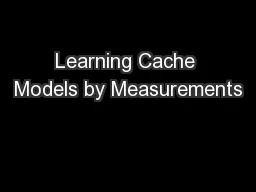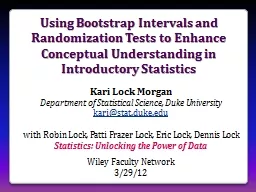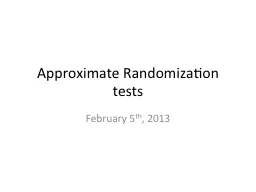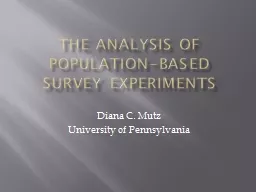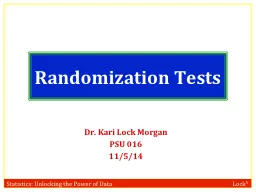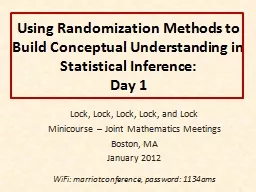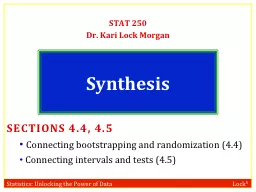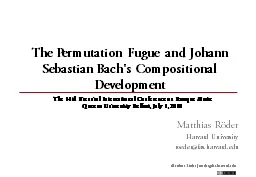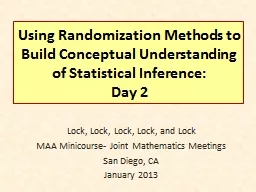PPT-Randomization/Permutation Tests
Author : ellena-manuel | Published Date : 2016-06-15
Body Mass Indices Among NBA amp WNBA Players Home Field Advantage in England Premier League Background Goal Compare 2 or More Treatment Effects or Means based on
Presentation Embed Code
Download Presentation
Download Presentation The PPT/PDF document "Randomization/Permutation Tests" is the property of its rightful owner. Permission is granted to download and print the materials on this website for personal, non-commercial use only, and to display it on your personal computer provided you do not modify the materials and that you retain all copyright notices contained in the materials. By downloading content from our website, you accept the terms of this agreement.
Randomization/Permutation Tests: Transcript
Download Rules Of Document
"Randomization/Permutation Tests"The content belongs to its owner. You may download and print it for personal use, without modification, and keep all copyright notices. By downloading, you agree to these terms.
Related Documents



